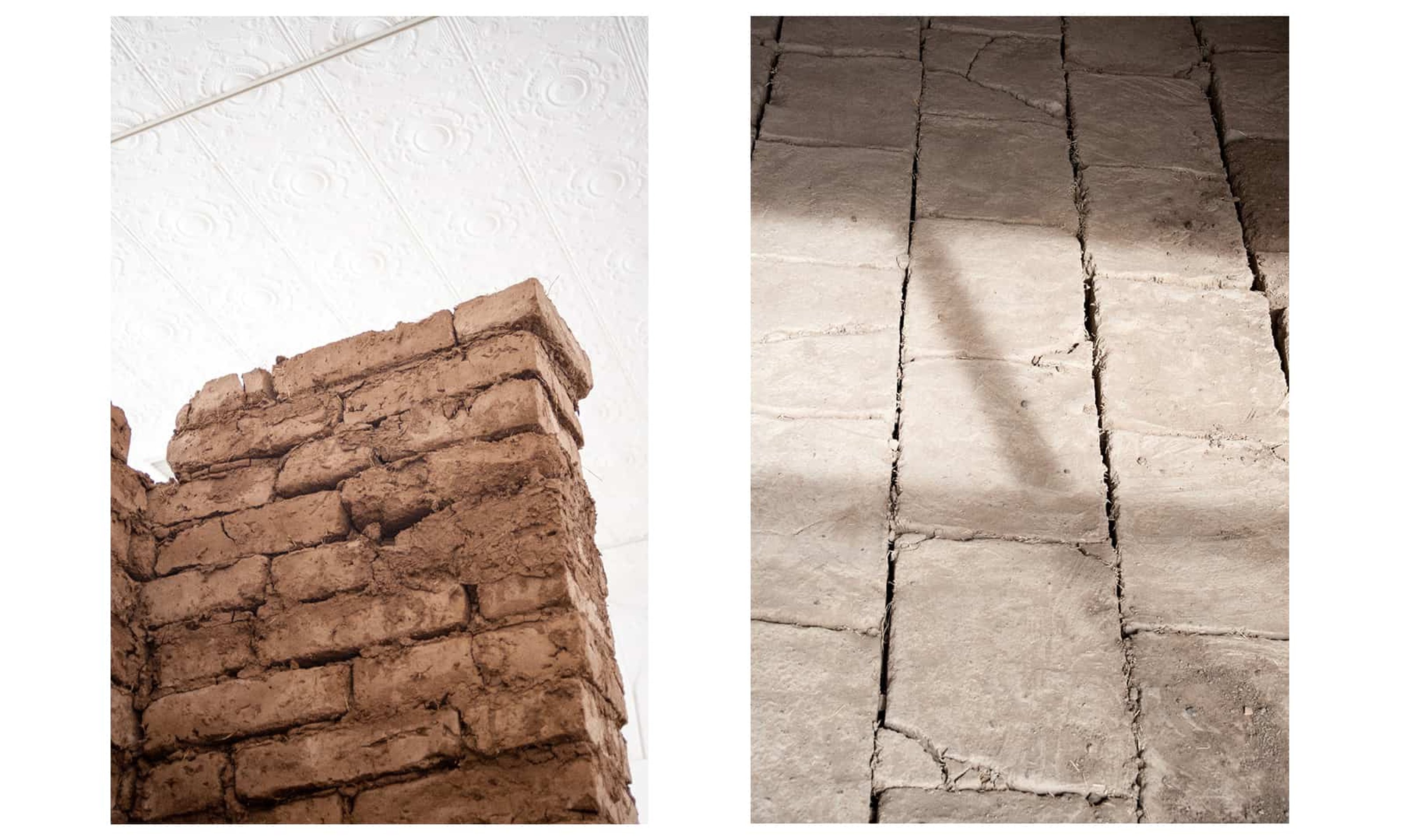
Laura Copelin is the executive director of Ballroom Marfa, a contemporary arts institution located in the historically rich area of Marfa in West Texas, that’s become a far-flung — and undeniably hip — art destination for many.
Read on to hear about her work putting together programming that throws a spotlight on climate change, why the middle of nowhere is the place to be, and how art is able to expand our perspectives beyond the human measure.
Alex Allenchey: Before joining Ballroom Marfa in 2015 — later becoming Interim Director in April, and now Executive Director this past November — you curated in the museum world, organizing exhibitions at the Santa Monica Museum of Art. What are some of the unique challenges and benefits to staging shows at a non-profit in remote Far West Texas as opposed to a big coastal city?
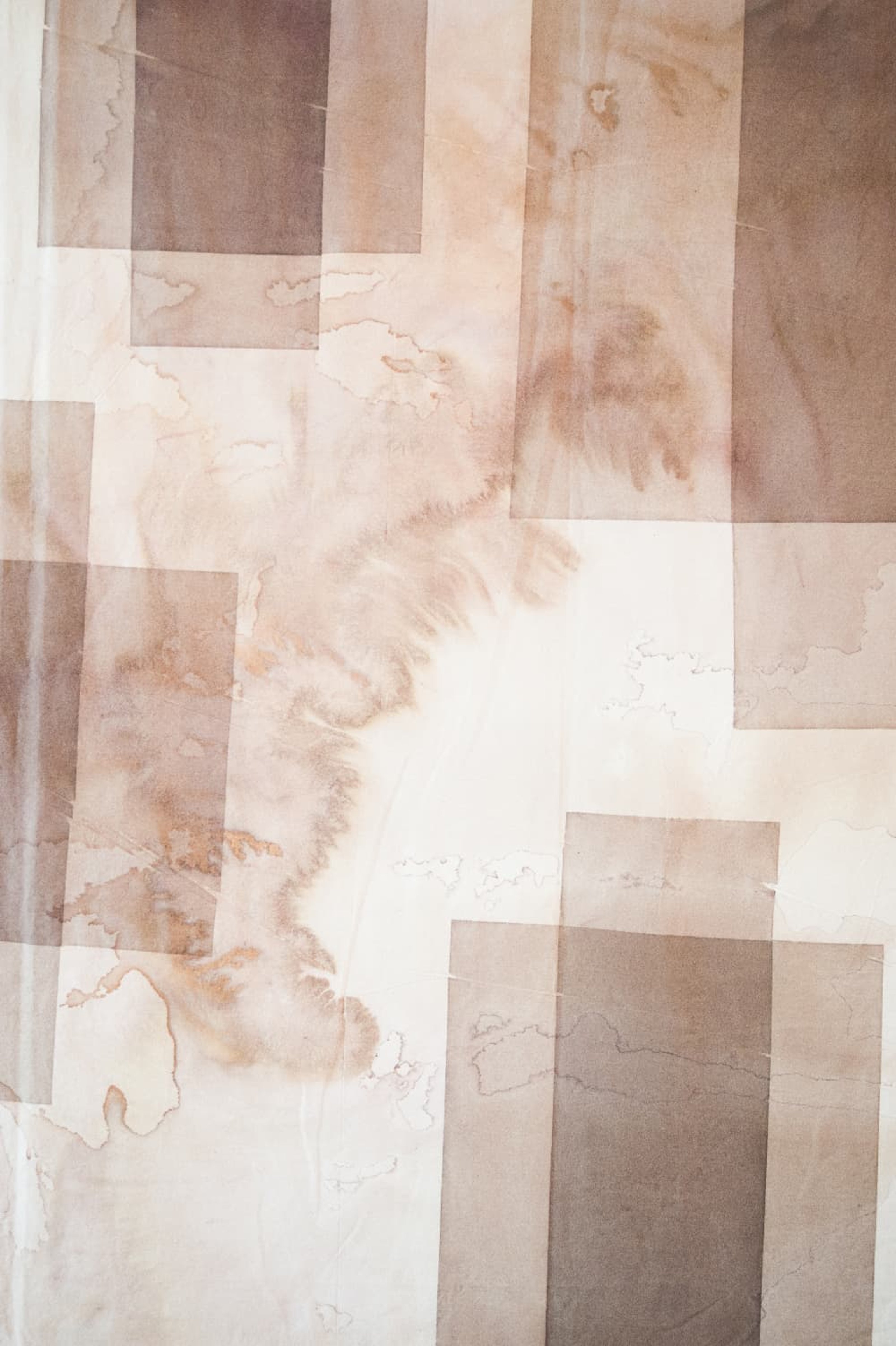
Laura Copelin: Being in Marfa puts you way off the map. The ecology, cultural and natural, is so inspiring and the people that live and work here vibrate with a different frequency. I was attracted to Marfa and to Ballroom because I was interested in what happens when you make space for living artists to produce new work on an edge, a frontier. Unusual things can happen when you are outside of a major city, and when you are sensitive and responsive to the particularities of a place.
AA: It’s not uncommon for exhibitions at Ballroom Marfa to draw on the area’s rich cultural lineage — Donald Judd was famously a local, and established the Chinati Foundation nearby — as well as its obvious natural beauty. How has the surrounding environment influenced you creatively when putting together programming?
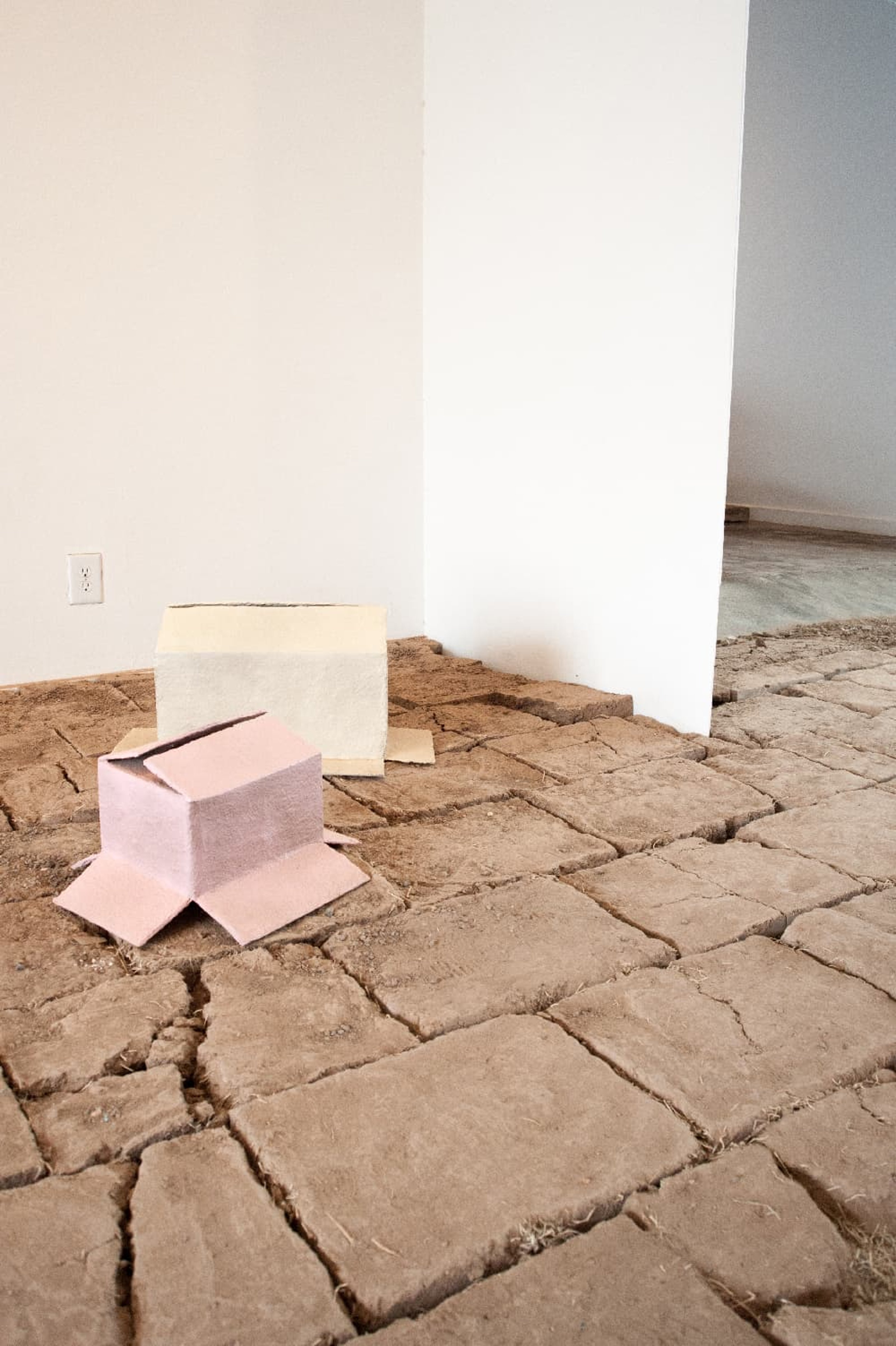
LC: The environment here is so singular and rich. Living here and having so much contact with Judd’s spaces and work, as well as the landscape of West Texas, has been a huge influence on my creative and professional work and my everyday life. Ballroom was created because our founders, Fairfax Dorn and Virginia Lebermann, recognized how culturally and naturally distinctive it is here, and wanted artists and musicians to be able to make new work in this context. Having access to the Judd and Chinati Foundations has been incredibly rich for me and has recalibrated the way I see, the way I think about art in the landscape, and has expanded my sense of the scale of contribution that is possible for artists to make.
Much of the programming I’ve conceived at Ballroom relates to the specific ecology around Marfa in one way or another. The town is located in an area called the Trans-Pecos that is incredibly biodiverse and dramatically varied in elevation, geology, and habitat. We’re collaborating with many institutional partners for the next exhibition that are doing important research and fieldwork on soil, migratory birds, early human history, botany, etc. We have hosted walks with geologists in the landscape; recently held a panel discussion about water, activism and nearby fracking and pipeline projects; and have recently opened a major solar-power public sculpture by Haroon Mirza — a stone circle that is nested in the grassland and responds to the lunar calendar.

View of the office at Ballroom Marfa, including Haroon Mirza’s Glisten, 2015 © Emma Rogers for Collecteurs Magazine
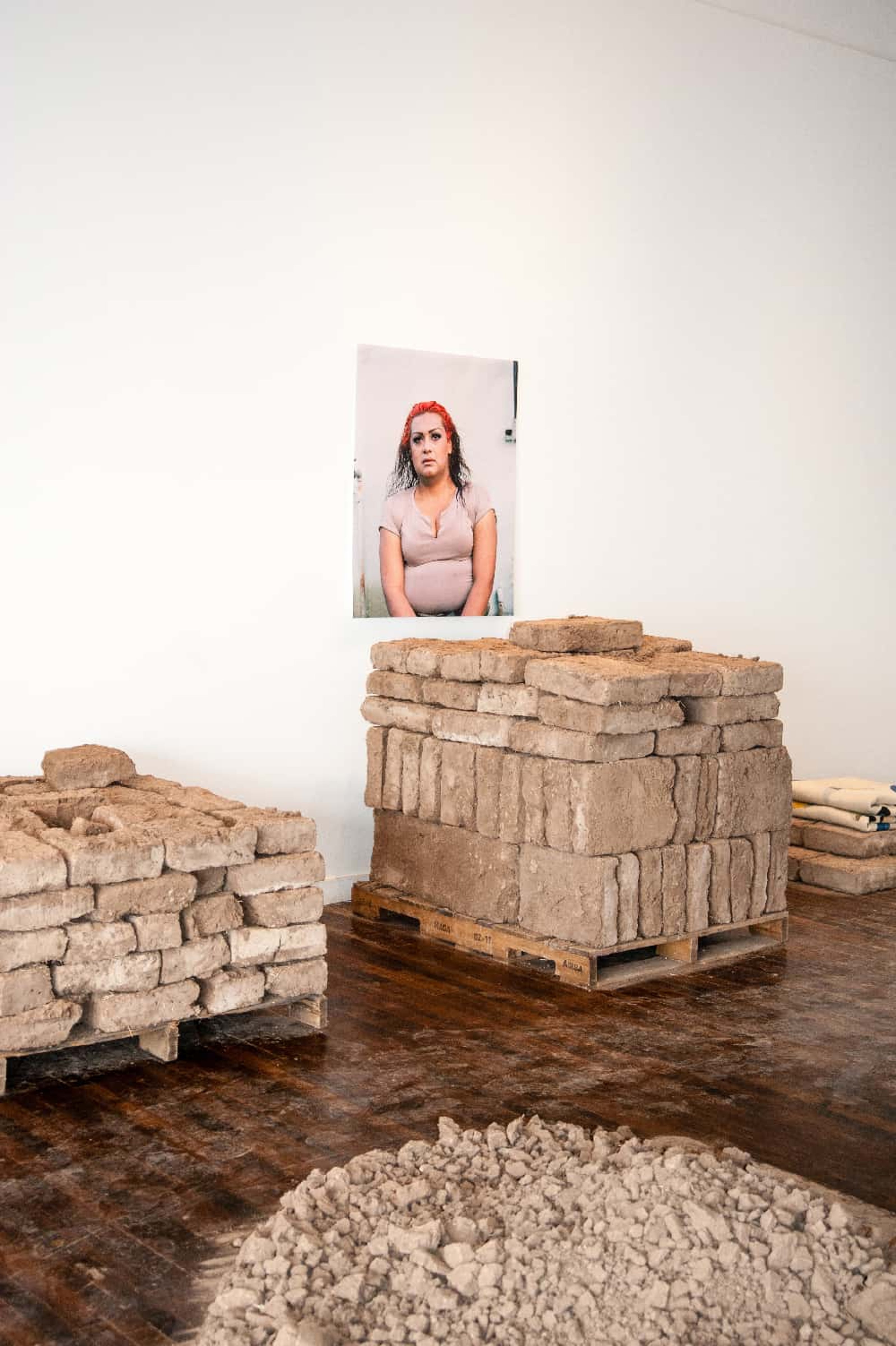
AA: You’ve recently been working with theorist Timothy Morton on Hyperobjects, a physically and conceptually expansive group show, set to open in April of next year, that incorporates both commissioned work and found objects to examine our current problematic ecological state. What sort of message are you hoping to impart to visitors?
LC: The exhibition points outward at the landscape, on a hyperlocal level, by presenting objects from natural, human and geologic records alongside installations by contemporary artists that approach the huge scale of problems that face us as a species. We also want to point inward, and provoke a feeling of individual agency in the face of massive ecological catastrophe. Tim is always reminding me that thinking about the planet, about global warming and its symptoms, requires one to go through many stages of grief. In organizing the show, I’ve become slightly more conscious of my own ecological grief, just by naming it. For me, that’s a part of what is so interesting about Tim’s thinking, he’s able to name things and create a very lyrical legibility around ideas that are massive or ineffable. With the show, we have tried to create an intimacy with the non-human world and to be imaginative the way we look at and name things in the world, with a view beyond our human measure.
AA: Much of your programming at Ballroom has a focus on community engagement as a means to familiarize people through ideas about visual art and activism. How do you view art’s capacity to initiate dialogues, shift perspectives, and create lasting change?
LC: I think artists’ ability to imagine other realities, other futures, other modes and strategies is vital to keeping our imaginations and spirits alive in a very challenging time.
I feel that the power of a space dedicated to art is that it provides resources for collaboration and a ground to imagine different ways of being in the world, which also, hopefully, means different ways of talking to and valuing each other despite the very polarizing climate.

Carmen Argote – Oh wow… The Marfa Sky, 2017 from TIERRA. SANGRE. ORO. © Emma Rogers for Collecteurs Magazine
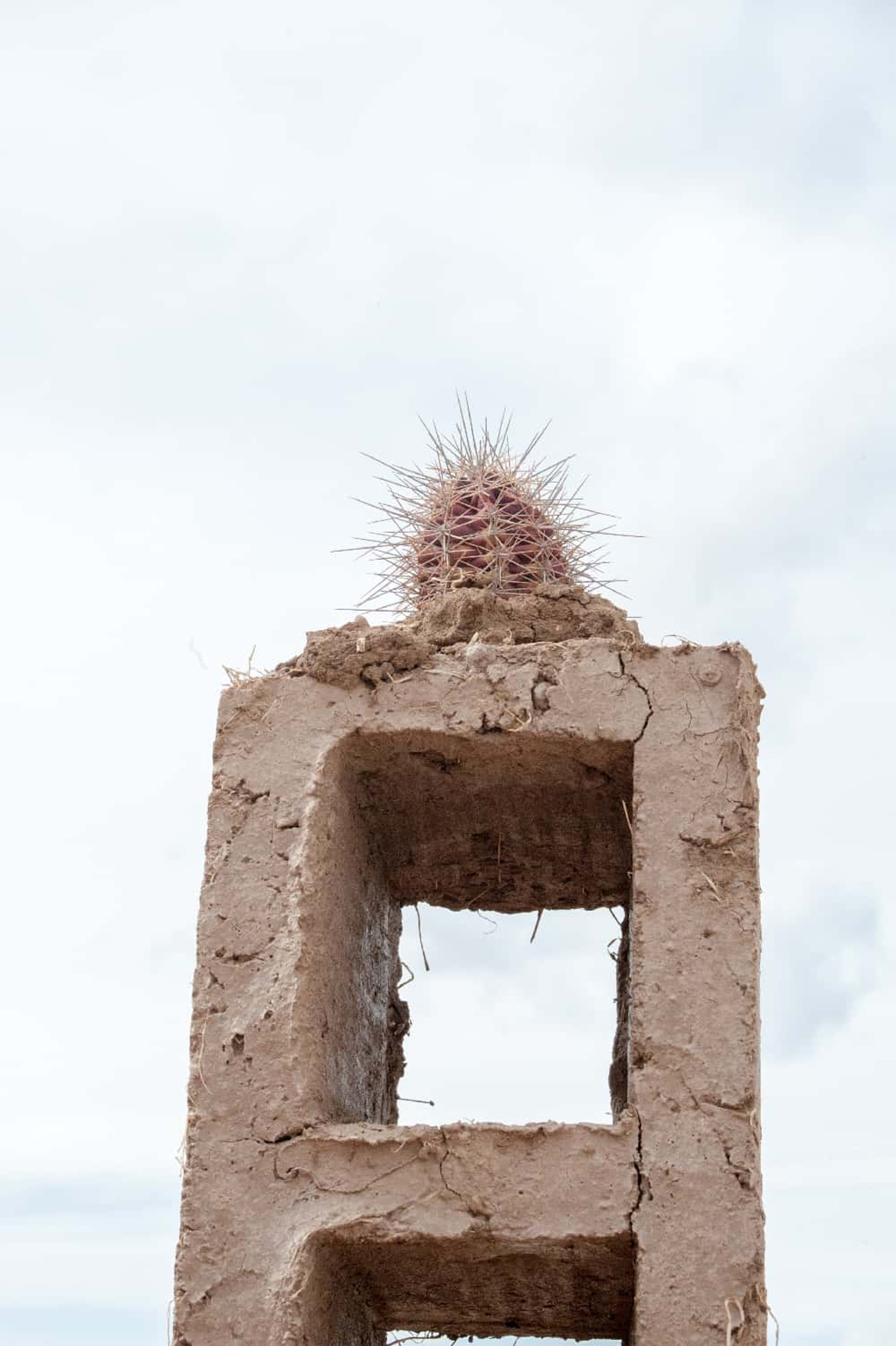
AA: In your description of Hyperobjects, it’s heartening to hear you emphasize individual agency as a response to unwelcome change, especially in this moment of a seemingly unceasing deluge of news about the climate-based disasters and the attacks on the institutions in place to protect people and the environment. Could you speak more about the importance of the Education and Outreach efforts at Ballroom and how the organization aims to empower visitors on a micro level?
LC: With the supplementary programs we are organizing alongside Hyperobjects, we are indulging in exploring all of the fascinating scientific work that is being done in the area. We wanted to bring more awareness and connection between our art-interested audiences and the academics, citizen scientists and amateurs, who have followed their interests and connections to the many historical and ecological layers that make up what we know of as Marfa.
People are ready to fall in love; they’ve entered a place that is unlike their city or town and they are often looking for something, which is a great mental state to be in when entering a gallery space.
AA: Given that people generally travel long distances to see art specifically at Ballroom, is there a deliberate and concerted focus on the experiential side of exhibitions? A pressure to create possibilities for unique encounters with art that viewers might not be able to have elsewhere?
LC: When people make the long trip to Marfa, they are already having an experience. This creates a really amazing sense of openness for some visitors that I haven’t experienced anywhere else.
As an organization, we are simply trying to do the best work possible, to be a part of an international conversation, and to deeply consider where we are and what we are contributing.
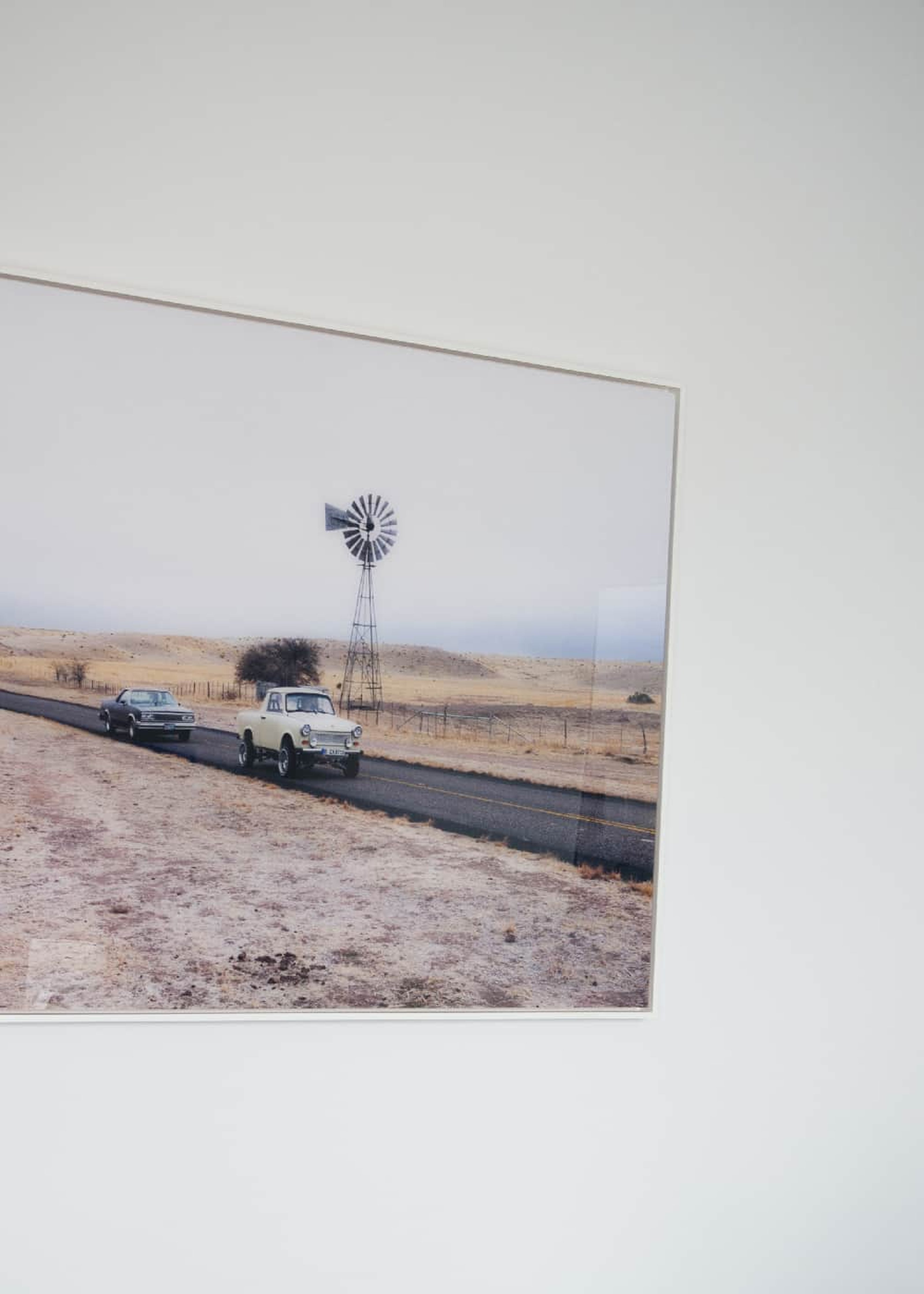
Installation view of TIERRA. SANGRE. ORO. © Emma Rogers for Collecteurs Magazine
